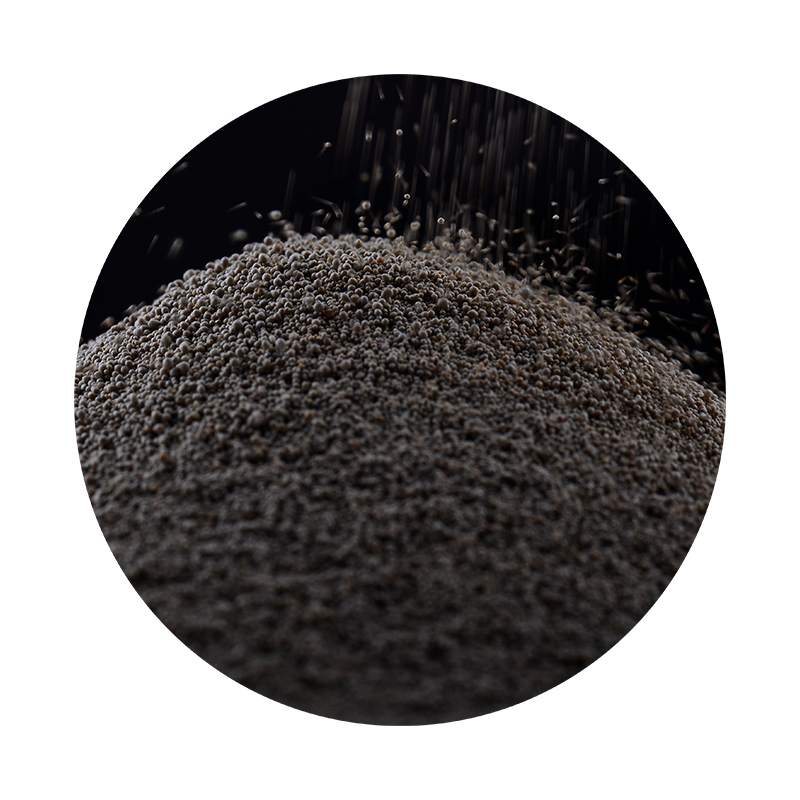How to Wet Sand 3D Prints A Step-by-Step Guide
3D printing has revolutionized the way we create objects, allowing for intricate designs and customized products. However, the surface finish of 3D prints often leaves something to be desired. This is where the process of wet sanding comes into play. Wet sanding can enhance the smoothness of your prints, making them look more professional and polished. In this article, we will guide you through the steps of wet sanding your 3D prints effectively.
What is Wet Sanding?
Wet sanding is a technique that involves using water or another lubricant while sanding to reduce friction, prevent dust, and minimize the chances of scratching the surface. This method is particularly useful for smoothing out the layers in 3D prints and achieving a glass-like finish.
Materials Needed
1. 3D Print Ensure that your print is completely cured and free from any residual support materials. 2. Sandpaper Use a variety of grits, typically ranging from 200 to 2000. Start with a coarser grit (like 200) for initial sanding and gradually move to finer grits. 3. Water It can be plain water or mixed with a few drops of dish soap to help lubricate the surface. 4. Container A shallow bowl or container to hold water. 5. Soft Cloth or Towel For drying your print after sanding. 6. Masking Tape (optional) To protect certain areas of your print that you don’t want to sand.
Step-by-Step Guide
how to wet sand 3d prints

2. Wet the Sandpaper Dip your sandpaper into the water. Make sure it is wet, but not soaking, as excess water can create a mess.
3. Start with Coarse Grit If your print has noticeable layer lines or imperfections, begin with a lower grit sandpaper (around 200-400). Gently sand the surface of your print in a circular motion, applying light pressure. Keep the sandpaper wet throughout the process.
4. Inspect Your Progress After a few minutes, rinse your print under running water to remove any debris. Inspect the surface; you should notice an improvement in smoothness. If you still see visible layer lines, continue with the coarse grit.
5. Move to Finer Grits Once you are satisfied with the rough smoothing, move on to a higher grit sandpaper (800, 1000, 1500, and finally 2000). Repeat the wet sanding technique, gradually reducing the grit number. Each pass should yield a smoother finish.
6. Final Rinse and Drying After you’ve completed the final round of sanding with the finest grit, rinse your print thoroughly under water to remove any residue. Use a soft cloth or towel to gently dry your print.
7. Optional Polish For an even more polished look, consider using a plastic polish or finishing compound following the wet sanding process.
Conclusion
Wet sanding your 3D prints is an excellent technique to improve aesthetics and surface quality. By following these steps, you can transform a rough print into a smooth, professional-looking object. Remember to be patient and take your time with each grit to achieve the best results. Happy sanding!
Post time:ઓક્ટોબર . 30, 2024 20:15
Next:sanding and painting 3d prints
